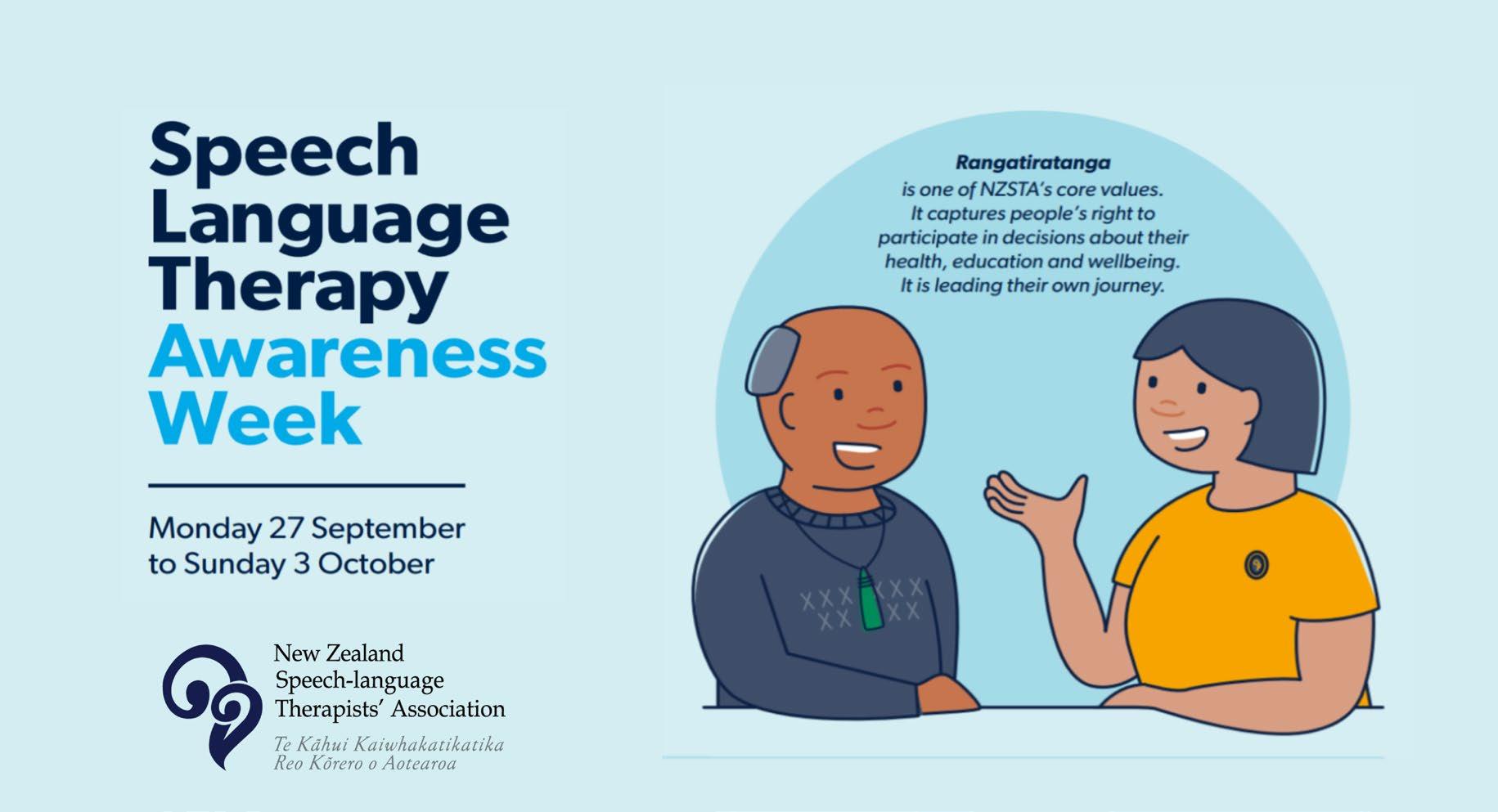
3 minute read
Innovations team › New Zealand Speech-language Therapy Awareness: ‘Week of Connection 2021’... pg 15
27 September 2021
An update from Canterbury DHB’s Via Innovations team
Advertisement
Via Innovations is a small team whose role is to foster innovation at Canterbury DHB and out into the wider national healthcare sector.
Recently, Clinical Innovation Director Helen Lunt and Innovation Director Anya Hornsey were interviewed by the national Consortium for Medical Device Technologies (CMDT) who were keen to find out more about the innovation activities happening at Canterbury DHB. Local medical device remanufacturing company Medsalv and Canterbury DHB’s own Hartwell Simulation venture – with their novel training system for vital signs monitoring used by nursing, Theatre and first responder teams across Australasia – were both profiled. Read the article on CMDT’s website here.
The CMDT is led by a partnership of AUT, universities of Auckland, Canterbury and Otago, Victoria University of Wellington and Callaghan Innovation. It is New Zealand’s national research-industry medtech network providing easy access into the ecosystem and facilitates collaborations in the sector. The organisation provides leadership in new initiatives to strengthen and connect New Zealand’s medtech innovation ecosystem. Its focus areas are building capability and capacity in translation expertise to create sustainable new medtech solutions for health outcomes and economic productivity impact and to support the growth of early stage medtech companies. Via Innovations and Canterbury DHB’s Medical Physics and Bioengineering teams also recently presented at a joint health sector industry event run by Canterbury Tech, Canterbury Health Innovation and Te Papa Hauora Health Precinct.
A video of the event can be seen on YouTube here.

27 September 2021
New Zealand Speech-language Therapy Awareness: ‘Week of Connection 2021’
Rangatiratanga is the theme for this year’s New Zealand Speech-language Therapy (NZST) Awareness Week. Rangatiratanga is one of the New Zealand Speechlanguage Therapists’ Association’s core values and is associated with sovereignty, leadership, autonomy to make decisions, and self-determination. The word rangatiratanga was used in article 2 in Te Tiriti o Waitangi to ensure Māori maintained control over their whenua/lands, culture, and taonga/treasures. What does that mean for speech-language therapists? Rangatiratanga captures people’s right to participate in decisions about their health, education and well-being. It’s about them leading their own journey. Speech-language therapists are qualified health practitioners who support people with communication and swallowing needs. They are uniquely trained and qualified to:
› Undertake in-depth assessment of an individual’s current, and likely future ability to communicate, including their ability to understand, express themselves, retain and recall information, and reason (weigh-up different options) › Contribute to multidisciplinary capacity assessments of people with communication needs › Support people with communication needs to demonstrate their decision-making capacity › Support people to express their preferences and wishes in relation to any decision made on their behalf, regardless of whether they are deemed to have capacity › Advise and train people on the best means by which someone with a communication disability might overcome their disability so they can make and communicate informed decisions about their treatment and care › Support people to understand how to communicate with individuals who have been found to lack decision-making capacity › In New Zealand, speech-language therapists can be appointed as communication assistants in court, which ensures that communication adjustments are made to enable people to participate fairly in the court process. For more on this role, see the Court Appointed
Communication Assistant Guideline.
Read about one of our own amazing speech-language therapists, Tessa Starr, in ‘One minute with…’ on the
next page.










